20 Surprising and Lesser Known Nicaragua Facts
Nicaragua or officially the Republic of Nicaragua is bordered by Honduras to the north, Costa Rica to the south, and the Caribbean to the east. Let’s get acquainted with more Nicaragua facts.

Nicaragua, a country in Central America is better known for its majestic terrain of volcanoes, lakes, and beaches. It offers and embraces travelers with highlights of colonial architecture, pristine forests, and amazing landscapes that range from amazing to downright incredible.
Do you know that Nicaragua covers an area of 130,373 sq km and is the largest country in Central America with Lago de Nicaragua (Lake Nicaragua)? Let’s catch up on more unknown facts about Nicaragua below.
1) How Did it Gets its Name?
Two words ‘nicarao’ and ‘agua’ when combined give the name ‘Nicaragua.' Who was nicarao? They were the Indian tribe that occupied the shores of Lake Nicaragua while Agua means water in Spanish. Another interesting fact is that the Nicarao tribe discovered Ometepe Island with two volcanoes in the middle of a lake and realized that they had found the land and finally settled on the lake. (17.1)
2) Lake Nicaragua is Central America’s Largest Lake
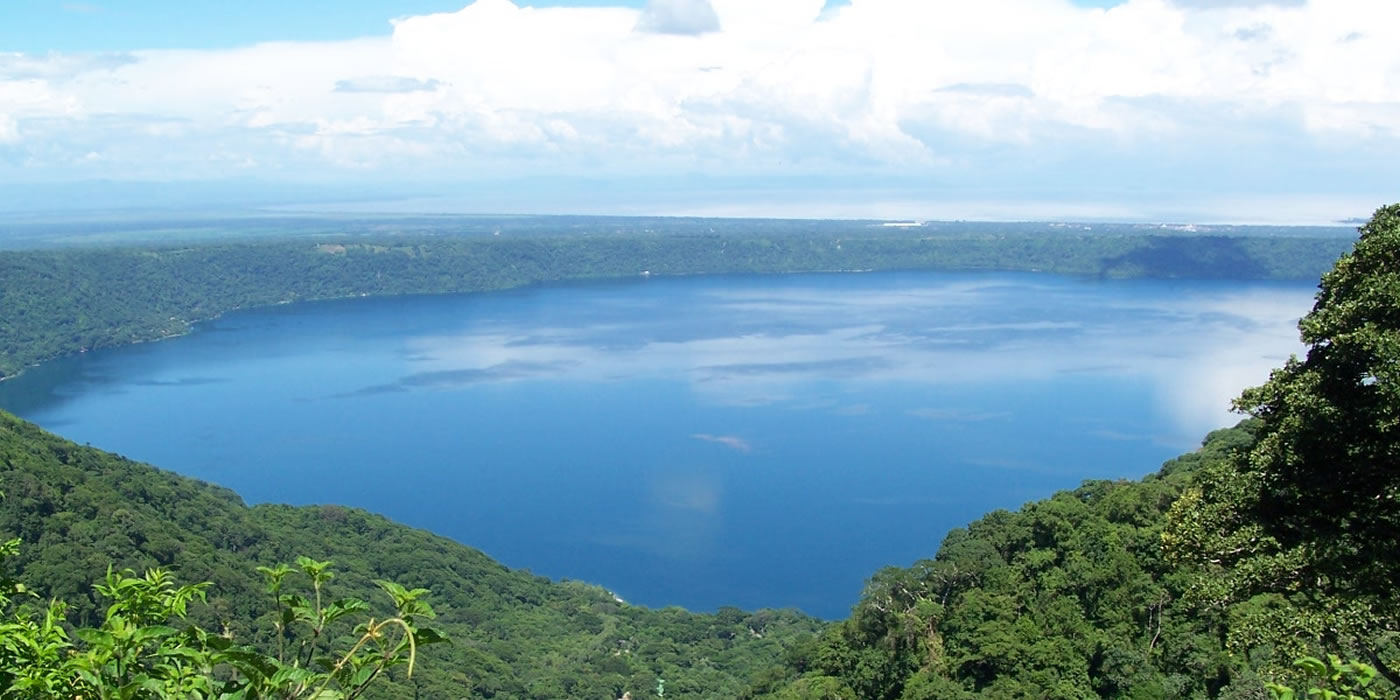
Lake Nicaragua in the country is the largest lake in Central America. What’s more surprising is the lake consists of more than 400 volcanic islands and is often known for the presence of unique fish species. You can’t find any of these fishes present in the lake elsewhere in the world.
3) The Incredible ‘Dual Volcano’
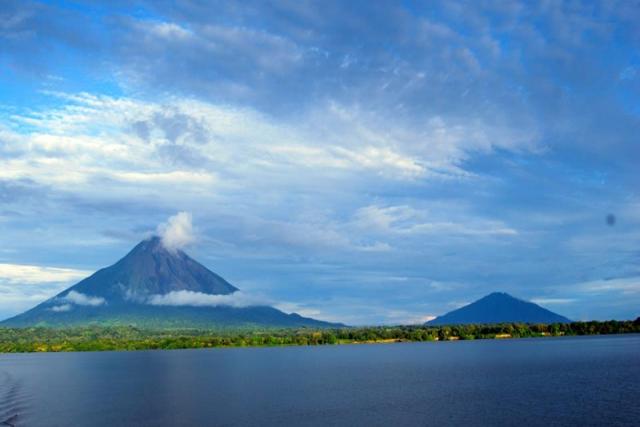
Dual Volcano in the country is an amazing tourist destination that entertains the visitors with two different magma flow sources. Dual Volcano is a one-of-its-kind volcano in the world which erupts separate magma flows simultaneously.
4) It Does Not Have Any Provinces or States

Unlike any country which does consist of one or more states, Nicaragua does not possess any state or provinces instead it has two autonomous self-governing regions which are known as R.A.A.N and R.A.A.S on the Caribbean coast of Nicaragua, and also have 15 departments.
5) The Country Has the Highest Percentage of Forest Coverage

More than 50% of the land is acquired for the forest area. Nicaragua’s government has motivated the development of forest plantations and has expanded the land of 40,000 hectares to more than 65000 hectares in the future years. Only 6-7% portion of the country is under some kind of protection. (17.2)
6) It’s the Only Country Where You can Experience ‘Volcano Boarding’

If you want to do something adventurous on your trip to Nicaragua, you can have fun doing ‘Volcano Boarding’. Climb up to 400m to Cerro Negro and slide down its 45 degrees slope. Cerro Negro is an active volcano in the Cordillera de los Maribios (mountain range) in Nicaragua. It was first noticed in April 1850.
7) National Dish of Nicaragua is Gallo Pinto

Gallo Pinto is the national dish of Nicaragua. The dish is prepared with a combination of white rice and cooked red beans. Corn is often used as the main ingredient to prepare many dishes. Even it is also used as an ingredient to prepare traditional Nicaraguan drinks. Besides this, many fruits and vegetables like banana, yucca, mango, avocado, etc. are used in preparing different dishes.
8) Nicaragua Currency - Cordoba

Another lesser-known fact about Nicaragua is the name of its currency. Cordoba is the currency of Nicaragua and very few people know that it is named after the Spanish conquistador ‘Francisco Hernandez de Cordoba’.
9) Its National Game is Baseball

The national game of the country is baseball which is quite popular than football.
10) And Here is the Most Surprising Fact About Nicaragua
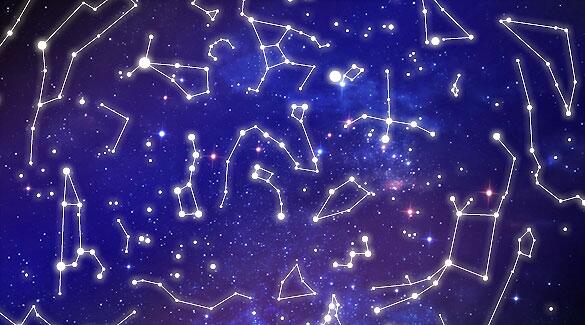
Out of total of 88 constellations noticed in the sky, 86 of them can be clearly visible in Nicaragua. (17.3)
11) 70 Regions Have Been Declared as Protected Regions of Land & Water

In order to protect their endangered species, Nicaragua has declared 70 land and water areas as protected areas. The various animal species include species of monkeys, boa constrictors, jaguars, sloths, green turtles, and sea turtles.
12) Its “Mosquito” Coast Receives Country’s Highest Rainfall

Nicaragua’s eastern or “Mosquito Coast” is where the most rainfall in the country occurs.
13) Nicaragua’s Tiny Islands Along Cost of Granada are Worth Million Dollar
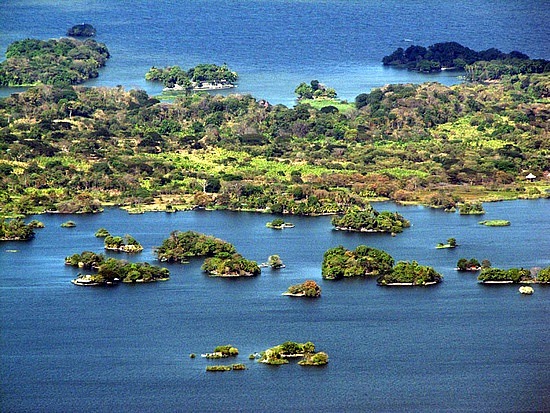
Most of the tiny islands in the Atlantic off the coast of Granada, Nicaragua are available for sale with prices ranging in millions of dollars.
14) It’s the Safest Country to Travel to in Central America

Because of the country’s lowest crime rate in Central America, Nicaragua happens to be the safest country for travel.
15) About 75% Nicaraguan People Live on $2 Per Day

Nearly 75% of Nicaraguan people live on only $2 per day and 50% are poverty-stricken.
16) The Country has Population of Near About 6 MIllion People
Nicaragua has a population of nearly 6 million people and about 1 million of them live in its capital city Managua.
17) Tap Water is Considered Fit for Drinking in Managua

The tap water in Managua is considered potable. And outside the capital city, packaged water is advised.
18) Managua has Two Famous Cities as its International Sister Cities
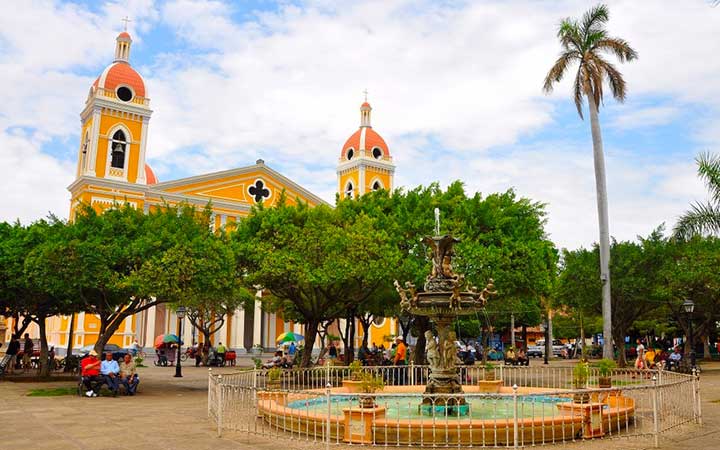
Los Angeles and Miami are Managua’s international sister cities.
19) Nicaragua is Famous for Folk Dances Especially “Palo De Mayo”

Folk dances are much popular in Nicaragua. The music is a fusion of guitar and wooden marimba or flutes and drums.
20) The Bosawas Biosphere Reserves Protects 12 Distinct Species of Poisonous Snakes

This natural reserve protects 12 different species of venomous snakes in its cloud forest.
Popular Posts
10 Amazing Cities Built Near or Through Rivers
Rivers have been crucial to human settlements, commercialization, and building cities. This opens opportunities for trading goods and establishing international connections.
Kimberly Campbell
20 Most Futuristic Cities In The World
What do you think about the future? Does it bring thrill in you or terrifies you? What’s your take on high speed trains, miles...
Swati Bhandari
Mystery Of Baigong Pipes - 1,50,000 Old Construction Reveals The Ancient Technology
Baigong pipes are a series of ancient pipes found in and near Mount Baigong located about 40-45 km southwest of the city of Deli...
Kevin Green








